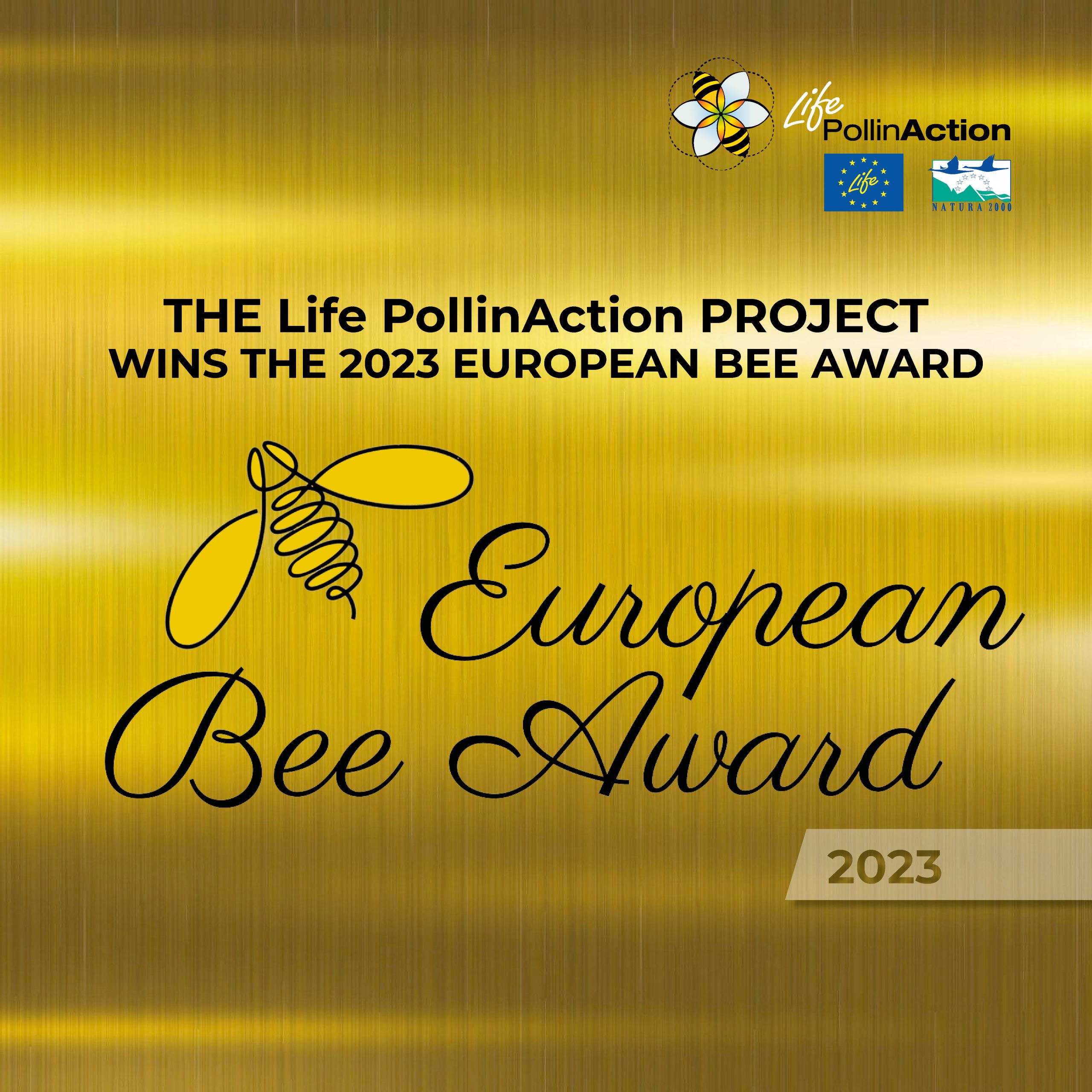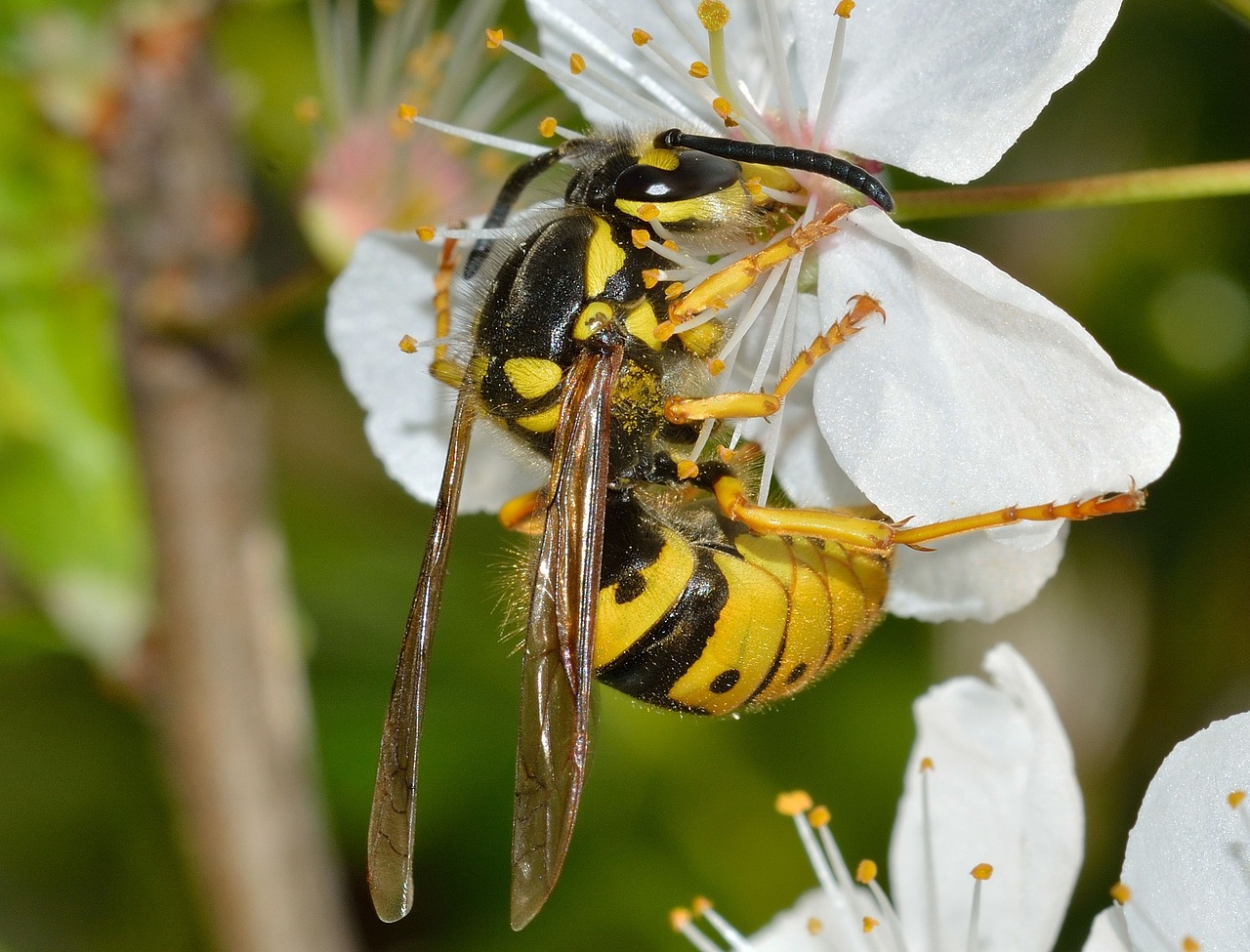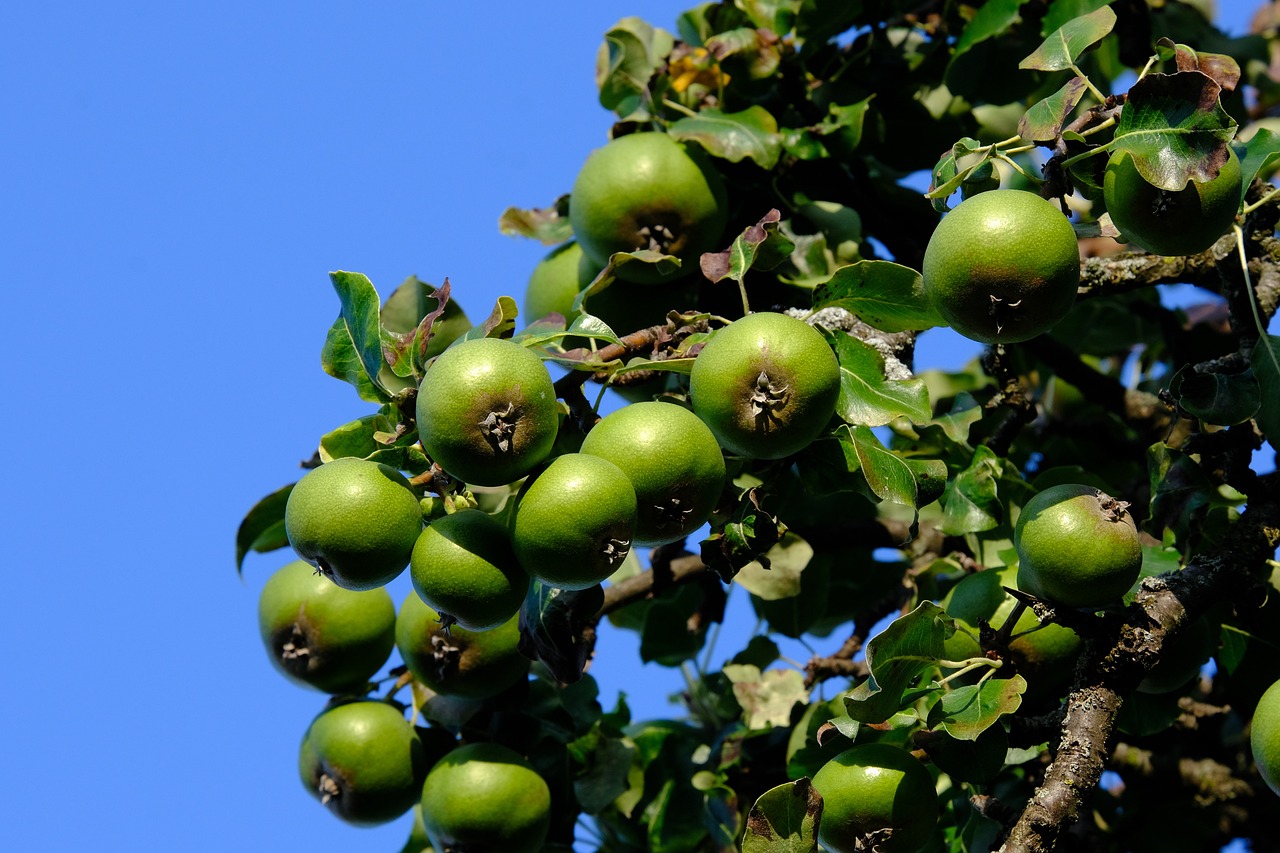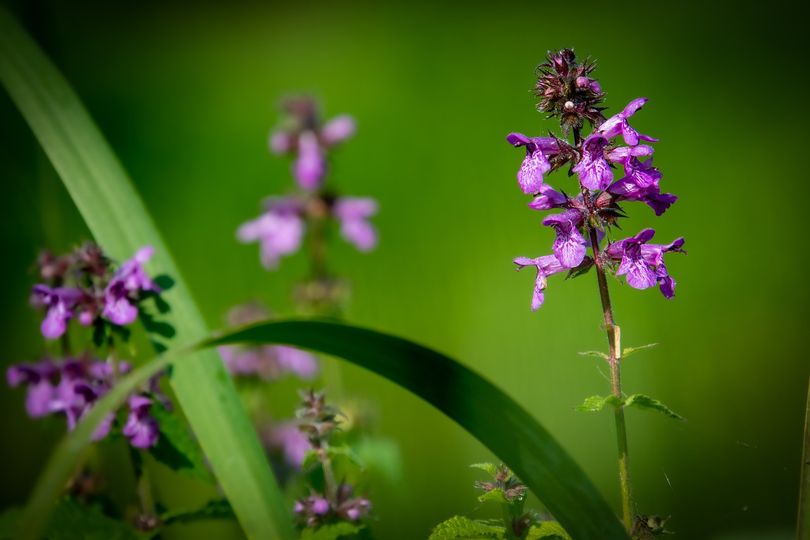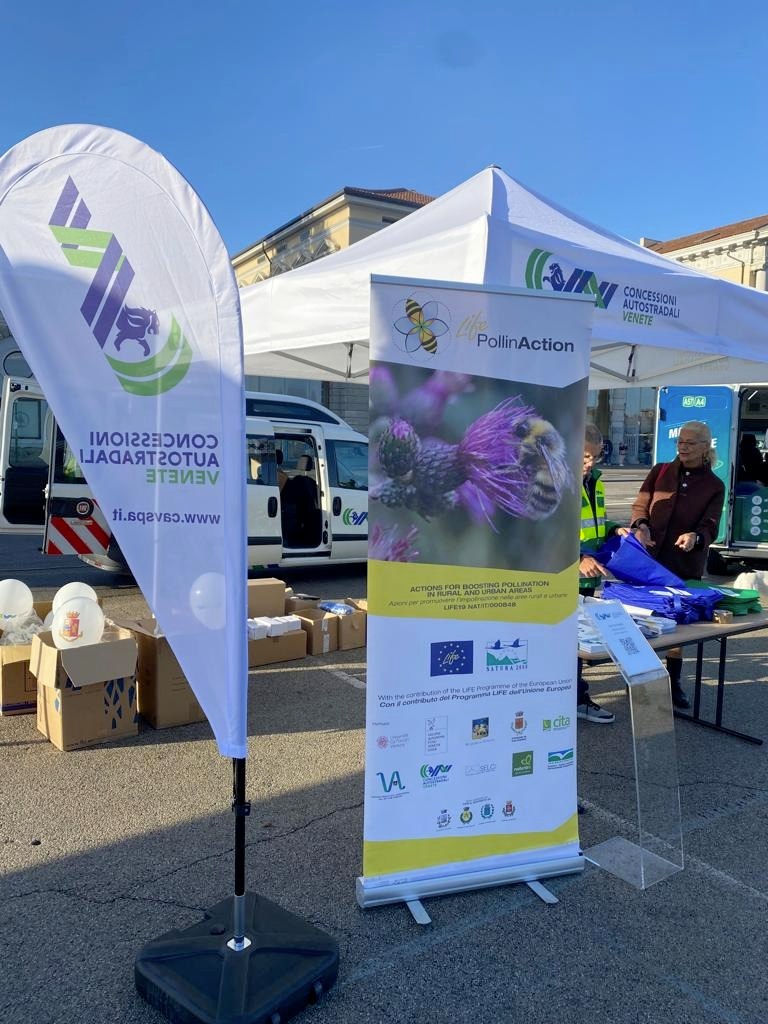The LIFE PollinAction project wins the 2023 European Bee Award!
lifepollinaction2023-11-29T08:54:07+01:00The LIFE PollinAction project wins the 2023 European Bee Award! We are proud to have received the 2023 European Bee Award for our commitment to pollinators. This recognition motivates us to continue working to protect these essential animals for our ecosystems. The European Bee Award was initiated in 2014 to celebrate inventive, effective, and scalable projects safeguarding pollinators across Europe. LIFE PollinAction - Actions for boosting pollination in rural and urban areas - has been selected as 2023 Winner in the 'Land management practices' category.


